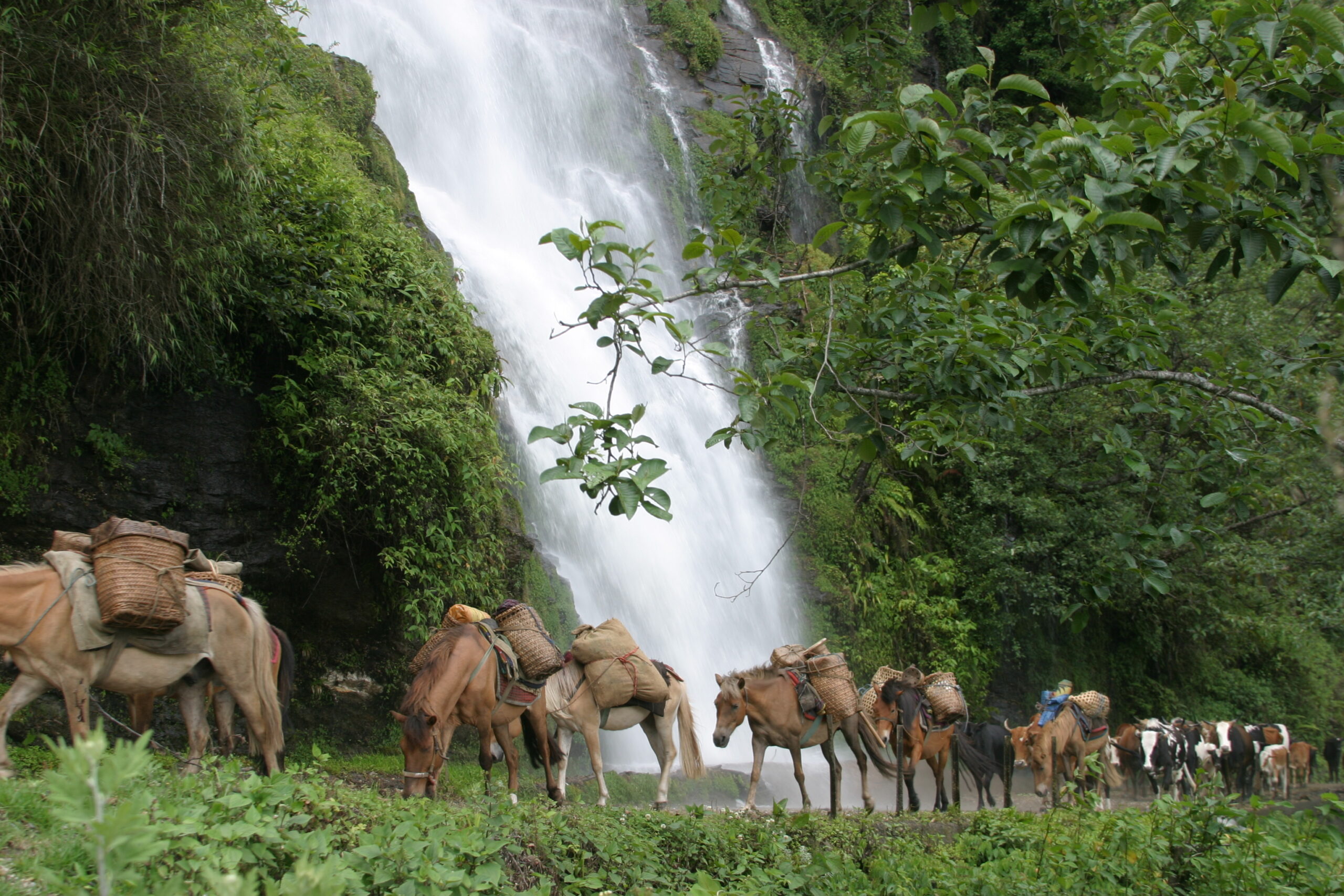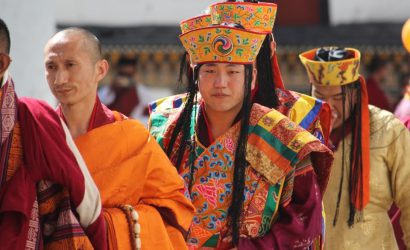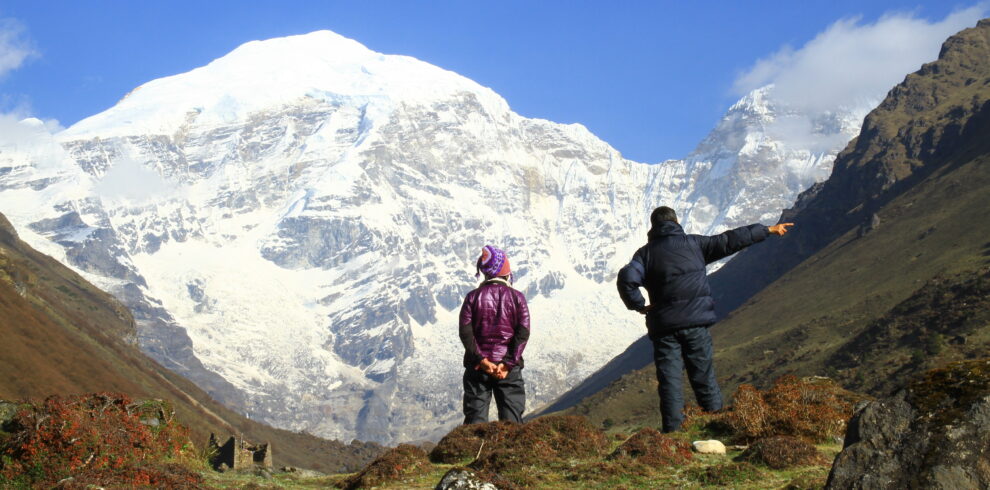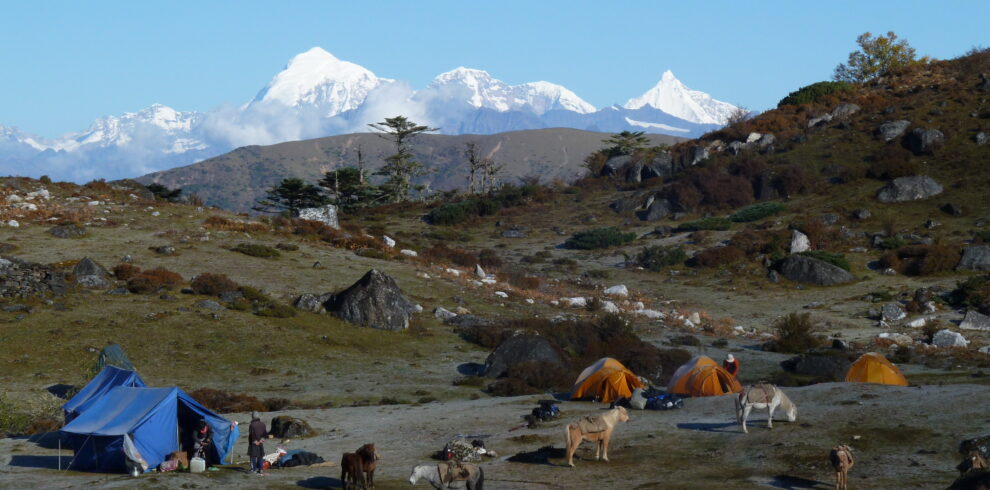-
Bus, Airlines
-
3 Stars Hotels
-
5,416 metres
-
Bhutan
-
Feb, Mar, Apr & May
-
Eco-Tour, Hiking
-
All meals during the trek
-
English, Spanish, French, Chinese
-
Easy to Moderate
-
2-15
-
12
-
65
Overview
This one week trek offers a short, easy and enjoyable journey around scenic Trongsa Dzongkhag. The climate is warm and pleasant as the trail stays between 1000-1500m in altitude and there is a wide array of flora and fauna observable along the route including the rare Golden Langur, Red Pandas, Himalayan Black Bears, Rhesus Monkeys, Rufous-necked Hornbills and Clouded Leopards.
Hikers on this trek will have plenty of opportunity to experience traditional rural life as they will spend nights in the villages of Nabji, Korphu and Nyimshong. Nabji is an idyllic village surrounded by verdant paddy fields and the villagers of Korphu are famed for their hospitality. Visitors will often be greeted by a Chipdrel procession and Marchang ceremony, practices typically reserved for royalty. Nyimshong is a good place to observe some of the local culture as the women often put together cultural shows full of singing and dancing for visitors.
This is the perfect trek for visitors looking to learn about and experience traditional rural life firsthand while enjoying the natural beauty and biodiversity of Bhutan. The best time to embark on this trek is in winter, between October-April.
Highlights
- This is the perfect trek for visitors looking to learn about and experience traditional rural life firsthand while enjoying the natural beauty and biodiversity of Bhutan. The best time to embark on this trek is in winter, between October-April. This one week trek offers a short, easy and enjoyable journey around scenic Trongsa Dzongkhag. The climate is warm and pleasant as the trail stays between 1000-1500m in altitude and there is a wide array of flora and fauna observable along the route including the rare Golden Langur, Red Pandas, Himalayan Black Bears, Rhesus Monkeys, Rufous-necked Hornbills and Clouded Leopards.
- Discover some of the most sacred Buddhist monasteries and temples in the Himalaya.
- Hike up to the famous Taktsang Monastery, perched on a cliff 900m above the valley floor.








